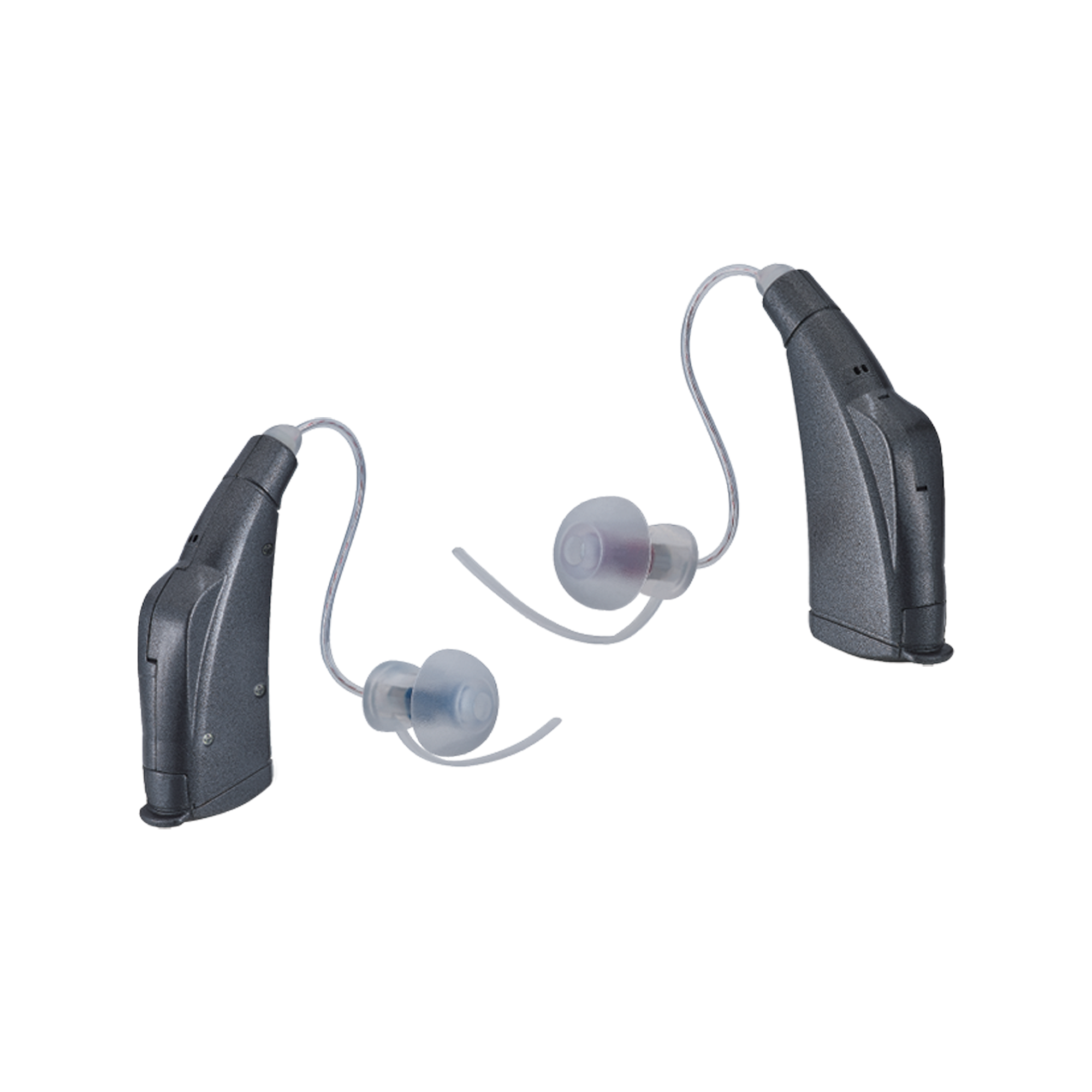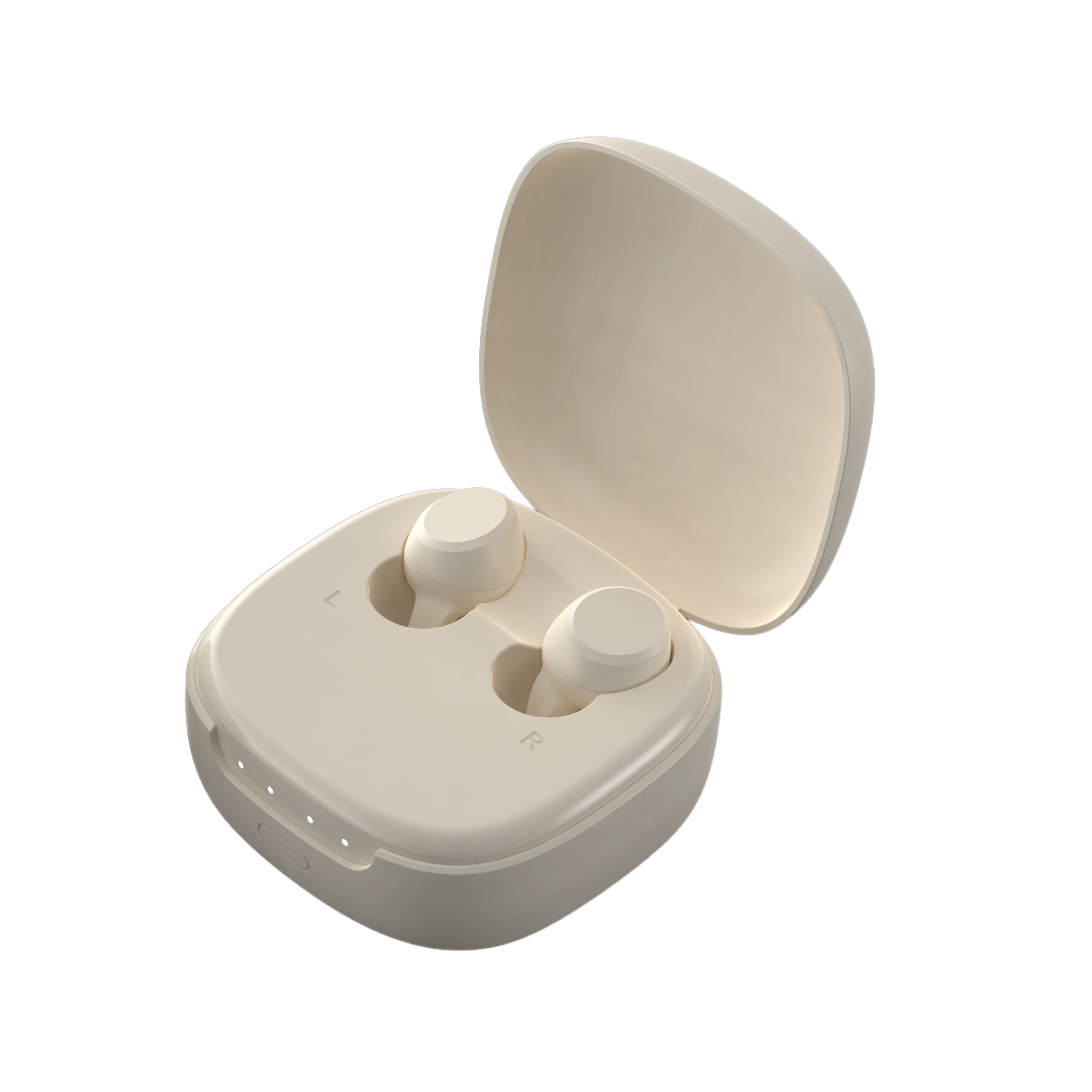Introduction
Hearing aids are a critical tool for individuals experiencing hearing loss. They help to improve hearing clarity, enhance communication, and ultimately improve quality of life. However, one of the primary concerns for anyone considering hearing aids is the cost. Hearing aids can vary significantly in price depending on their features, type, and brand.
In this comprehensive guide, we will explore the factors that affect the cost of hearing aids, the various pricing tiers, what’s included in the price, and how to get the best deal on hearing aids that suit your needs. We will also compare OTC (Over-the-Counter) hearing aids with prescription hearing aids, explore the factors that influence pricing, and provide tips for finding affordable hearing aids without compromising on quality.
Understanding Hearing Aid Pricing
What Determines the Cost of Hearing Aids?
The cost of hearing aids can range from a few hundred dollars to several thousand dollars. The following factors influence the pricing:
- Type of Hearing Aid: There are different types of hearing aids, each with varying price points. Behind-the-ear (BTE) and in-the-ear (ITE) hearing aids typically cost more due to their advanced features.
- Technology and Features: Higher-end models offer advanced technology, such as Bluetooth connectivity, automatic sound adjustment, and noise reduction capabilities, which increase the price.
- Brand: Established brands may charge more due to their reputation, research, and quality assurance. However, OTC hearing aids from reputable companies like Mimitakara offer quality at an affordable price.
- Customization and Fitting: Custom-molded hearing aids that are tailored to fit your ear specifically tend to be more expensive than standard models. Additionally, professional fittings and consultations add to the cost.
- Battery Life: Models with longer-lasting batteries or rechargeable options tend to be priced higher.

The Cost of Different Types of Hearing Aids
1. Behind-the-Ear (BTE) Hearing Aids
Behind-the-ear (BTE) hearing aids are the most common type of hearing aid, often used for individuals with mild to profound hearing loss. These hearing aids sit behind the ear and are connected to a custom ear mold. They are typically more powerful and offer a range of features, making them one of the most expensive options.
- Average Cost: $1,500 to $3,500 per ear
- Features: Digital sound processing, noise reduction, connectivity, and directional microphones.
- Best for: Severe or profound hearing loss, users who need more advanced features.
2. In-the-Ear (ITE) Hearing Aids
In-the-ear (ITE) hearing aids fit directly inside the ear, offering a more discrete solution for mild to moderate hearing loss. They are generally smaller than BTE aids and are often more comfortable for individuals who prefer a more invisible device.
- Average Cost: $1,000 to $3,000 per ear
- Features: Custom fitting, comfortable design, and easier for some users to handle.
- Best for: Mild to moderate hearing loss, those seeking a more discreet device.
3. Receiver-in-Canal (RIC) Hearing Aids
Receiver-in-canal (RIC) hearing aids are similar to BTE hearing aids but have a small receiver that sits in the ear canal. They offer a combination of comfort, sound quality, and discreetness, making them one of the more popular choices.
- Average Cost: $1,500 to $3,500 per ear
- Features: Advanced sound processing, Bluetooth, and rechargeable batteries.
- Best for: Mild to moderate hearing loss, users who want high-quality sound and comfort.
4. Invisible-in-Canal (IIC) Hearing Aids
These are the most discrete option, fitting deep inside the ear canal and offering a near-invisible solution. However, due to their small size, they tend to be more expensive.
- Average Cost: $2,000 to $4,000 per ear
- Features: Nearly invisible, custom fit, and advanced digital sound processing.
- Best for: Those who prioritize discretion and have mild to moderate hearing loss.
Comparing OTC and Prescription Hearing Aids
OTC Hearing Aids
OTC hearing aids are available without a prescription and can be purchased directly online or at retail locations. These hearing aids are designed for individuals with mild to moderate hearing loss and are more affordable than prescription hearing aids.
- Cost Range: $200 to $1,000
- Customization: Minimal; many OTC devices are designed to be self-fit.
- Advantages: Affordable, easy to purchase, no need for professional fitting, and immediate use.
- Disadvantages: May not offer as advanced features as prescription models, limited customization, and may not be suitable for severe hearing loss.
Prescription Hearing Aids
Prescription hearing aids are tailored to the individual's specific hearing needs and are fitted by a professional audiologist. These hearing aids typically provide more advanced features, better sound quality, and a higher level of customization.
- Cost Range: $1,000 to $4,000
- Customization: Custom-molded, professionally fitted.
- Advantages: High-quality sound, tailored to individual needs, advanced features.
- Disadvantages: Higher cost, requires professional consultation, and may involve multiple fitting appointments.
Hidden Costs Associated with Hearing Aids
While the initial price of hearing aids is important, several additional costs may arise throughout the life of the device:
- Batteries: Traditional hearing aids require regular battery replacements, which can add to the cost over time.
- Maintenance: Regular maintenance, such as cleaning, repairs, and adjustments, may be necessary.
- Follow-up Appointments: Prescription hearing aids often require follow-up appointments for fine-tuning and adjustments.
- Insurance Coverage: Many insurance plans do not cover the full cost of hearing aids, leaving patients with out-of-pocket expenses.
How to Save Money on Hearing Aids
Although hearing aids can be expensive, there are several strategies to reduce costs without compromising quality:
1. Shop Around
Prices for hearing aids can vary significantly, so it’s essential to shop around and compare options. Look for reputable brands and read customer reviews to ensure you're getting the best value for your money.
Browse Mimitakara’s Hearing Aid Collection for affordable and high-quality options.
2. Consider OTC Hearing Aids
If you have mild to moderate hearing loss, OTC hearing aids are a great way to save money without sacrificing quality. They are affordable and can be easily purchased online.
3. Take Advantage of Discounts and Sales
Many hearing aid retailers offer sales, discounts, and even trade-in programs. Additionally, some government programs and charitable organizations provide assistance or financial aid for those who qualify.
How to Choose the Right Hearing Aid
Choosing the right hearing aid depends on several factors, including:
- Degree of Hearing Loss: OTC hearing aids are suitable for mild to moderate hearing loss, while prescription models are best for severe hearing loss.
- Lifestyle: Consider how you’ll use the hearing aids. If you lead an active lifestyle or need advanced features like Bluetooth connectivity, opt for higher-end models.
- Comfort: Make sure the hearing aids fit well and are comfortable for long-term use.
- Battery Life: Consider the battery life and whether you prefer rechargeable options or replaceable batteries.
Conclusion: Making the Right Choice for Your Hearing Health
Choosing a hearing aid is an investment in your hearing health, and the cost should reflect the quality and features that will meet your needs. OTC hearing aids offer a cost-effective solution for those with mild to moderate hearing loss, while prescription hearing aids provide a more tailored and high-tech solution for those with severe hearing loss.
At Mimitakara, we are committed to providing affordable and high-quality hearing solutions for people of all needs. By understanding the costs, benefits, and types of hearing aids available, you can make an informed decision that will improve your quality of life.
FAQ
Q1: Are OTC hearing aids effective?
Yes, OTC hearing aids are effective for mild to moderate hearing loss and offer an affordable, self-fitting solution for many users.
Q2: How much do prescription hearing aids cost?
Prescription hearing aids can range from $1,000 to $4,000 per ear, depending on features and customization.
Q3: Can hearing aids be covered by insurance?
Some insurance plans offer partial coverage for hearing aids, but it’s essential to check with your provider for specific details.






















